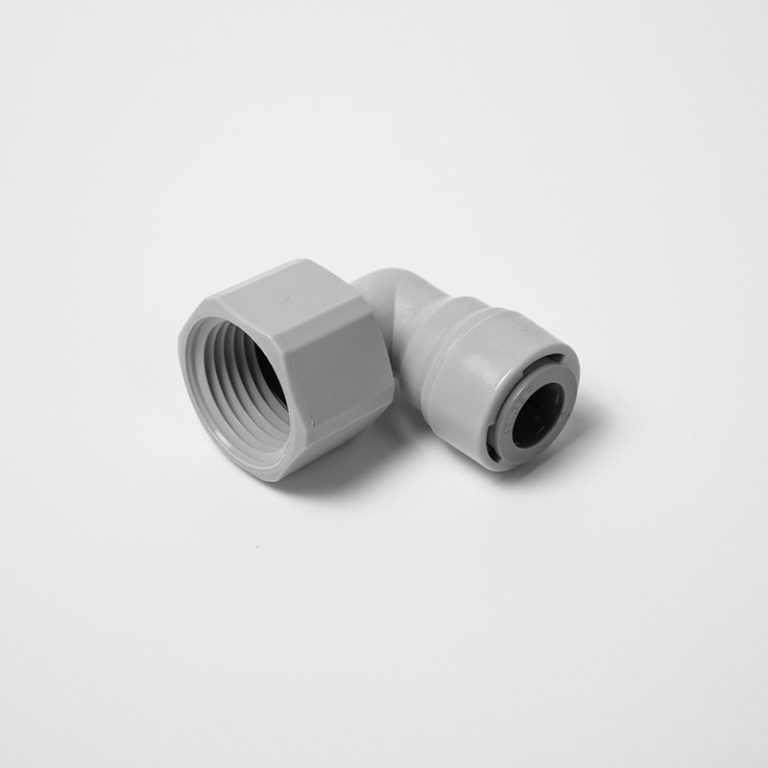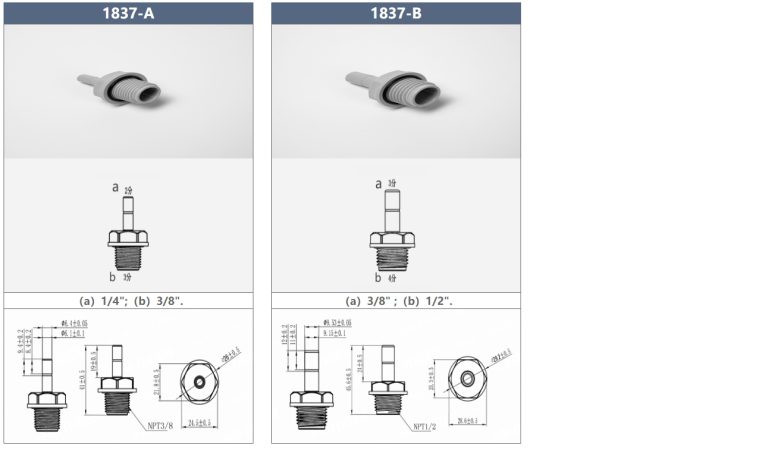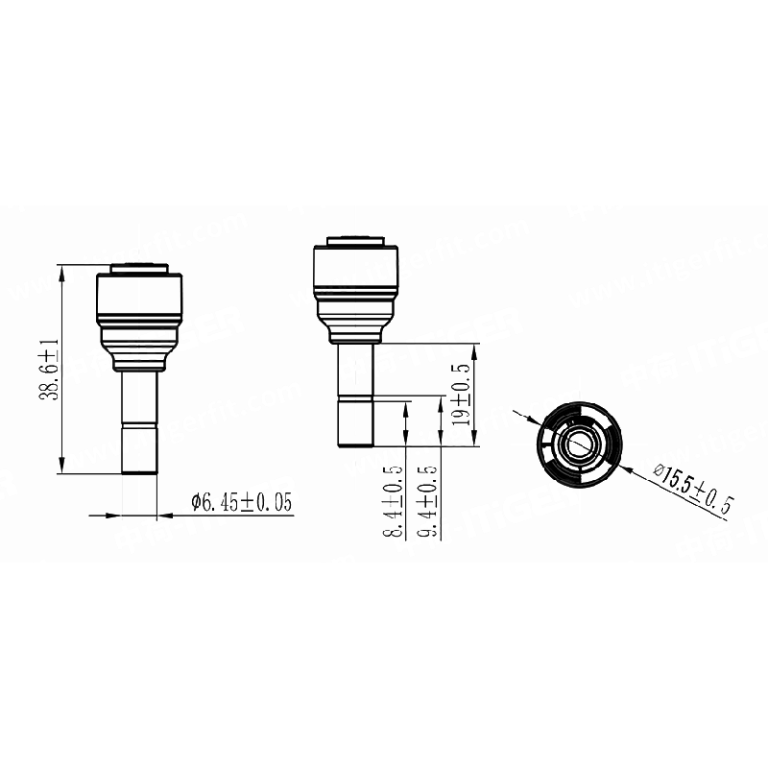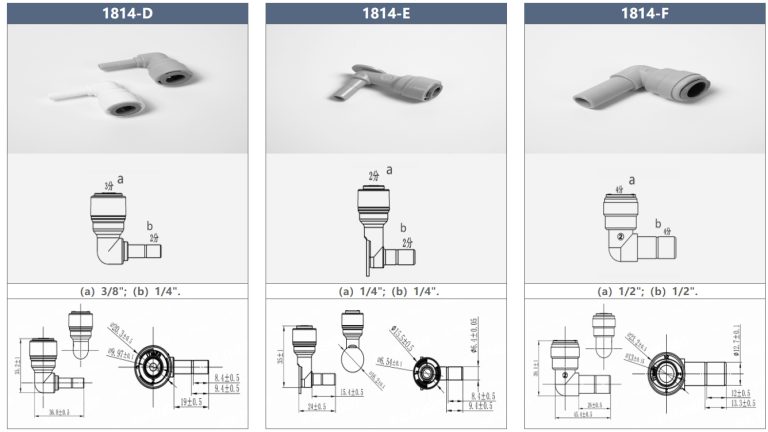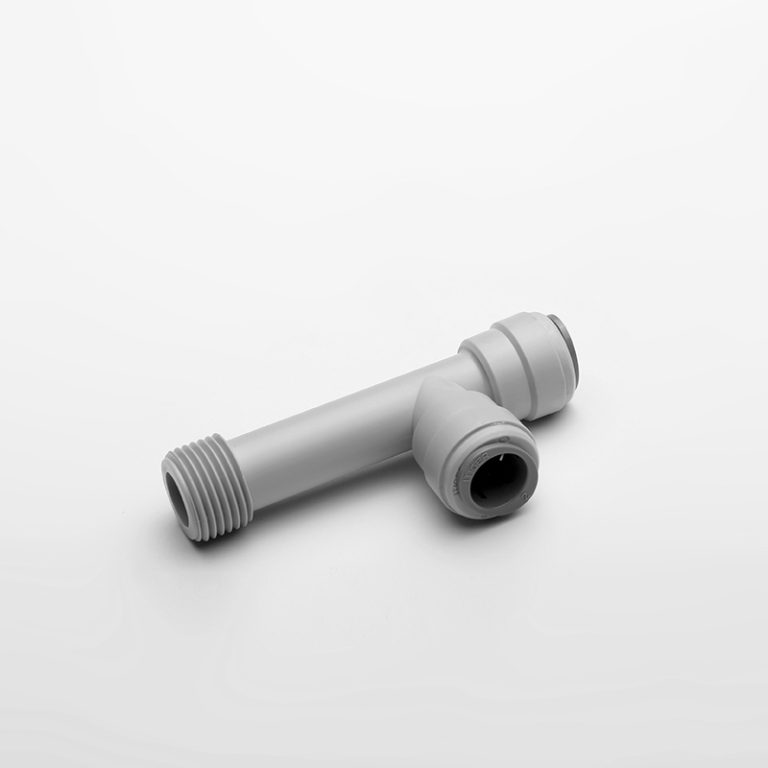PVC is a type of material, while conduit is a structure or system for protecting and routing electrical wires.
Pvc vs. Conduit: Understanding the Differences
When it comes to electrical wiring, choosing the right materials is crucial to ensure safety and efficiency. Two common options for protecting and organizing electrical wires are PVC and conduit. While both serve similar purposes, there are key differences between the two that are important to understand.
| Model | Tube(a) | Stem(b) |
|---|---|---|
| 1801-A | 1/4 | 1/4 |
| 1801-C | 1/4 | 3/36 |
PVC, or polyvinyl chloride, is a type of plastic material that is commonly used in construction and electrical applications. PVC is known for its durability, flexibility, and resistance to chemicals and moisture. It is often used in electrical wiring to protect wires from damage and provide insulation. PVC is available in various sizes and can be easily cut and shaped to fit different applications.
Conduit, on the other hand, is a rigid metal or plastic tube that is used to protect and route electrical wires. Conduit is typically made of materials such as steel, aluminum, or PVC. It is designed to provide a protective barrier around wires and prevent them from being damaged by external factors such as moisture, debris, or physical impact. Conduit is available in different types, including rigid metal conduit (RMC), electrical metallic tubing (EMT), and PVC conduit.

One of the main differences between PVC and conduit is their flexibility. PVC is a flexible material that can be easily bent and shaped to fit around corners and obstacles. This makes it ideal for applications where wires need to be routed through tight spaces or around obstacles. Conduit, on the other hand, is rigid and cannot be bent or shaped easily. This makes it more suitable for applications where wires need to be protected in straight runs or where additional protection is required.
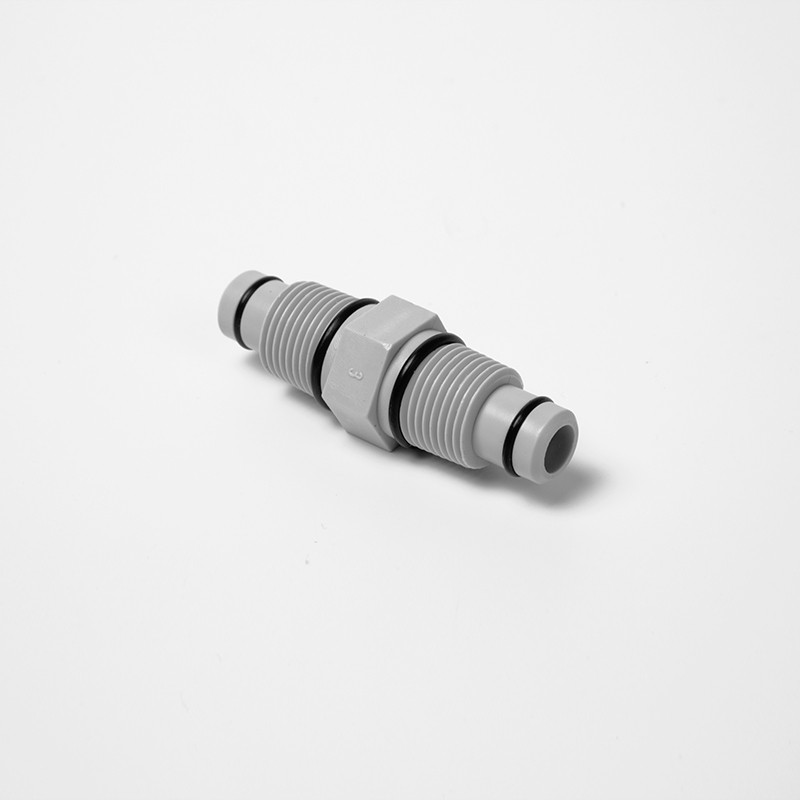
Another key difference between PVC and conduit is their installation requirements. PVC is typically installed using adhesive or fittings to secure the joints and connections. It can be easily cut and shaped using common tools such as saws and pipe cutters. Conduit, on the other hand, requires specialized tools and fittings for installation. It also needs to be properly secured to the wall or ceiling using straps or hangers to ensure stability and safety.
In terms of cost, PVC is generally more affordable than conduit. PVC is a lightweight and easy-to-install material that requires minimal maintenance. Conduit, on the other hand, is more expensive due to its rigid construction and specialized installation requirements. However, conduit offers superior protection and durability compared to PVC, making it a preferred choice for applications where wires are exposed to harsh conditions or high temperatures.
| Model | Tube(a) | Stem(b) |
|---|---|---|
| 1801-A | 1/4 | 1/4 |
| 1801-C | 1/4 | 3/22 |
In conclusion, both PVC and conduit are effective options for protecting and organizing electrical wires. While PVC is more flexible and cost-effective, conduit offers superior protection and durability. The choice between PVC and conduit ultimately depends on the specific requirements of the electrical application. By understanding the differences between the two materials, you can make an informed decision on which option is best suited for your needs.

